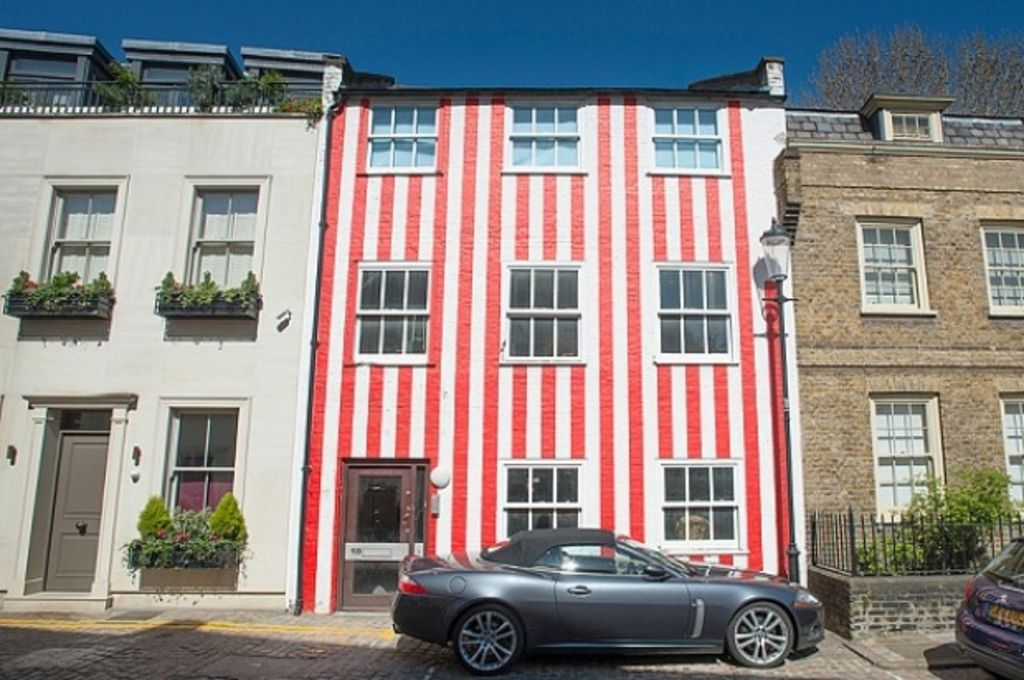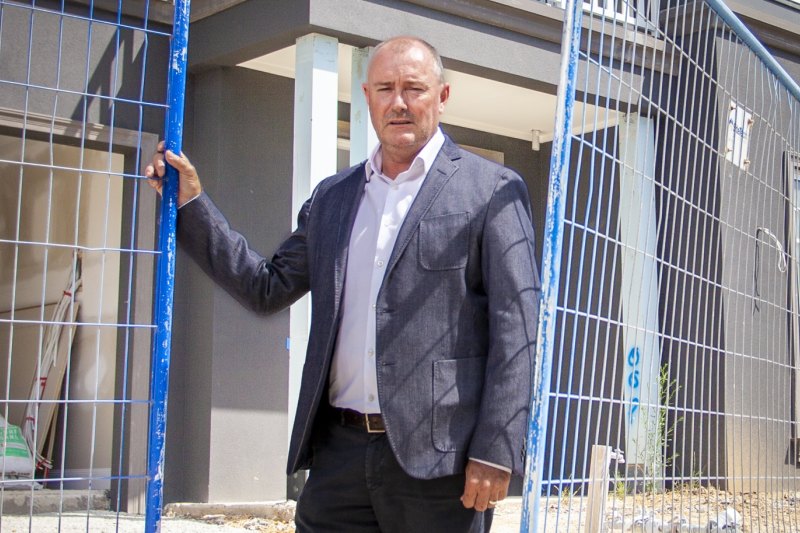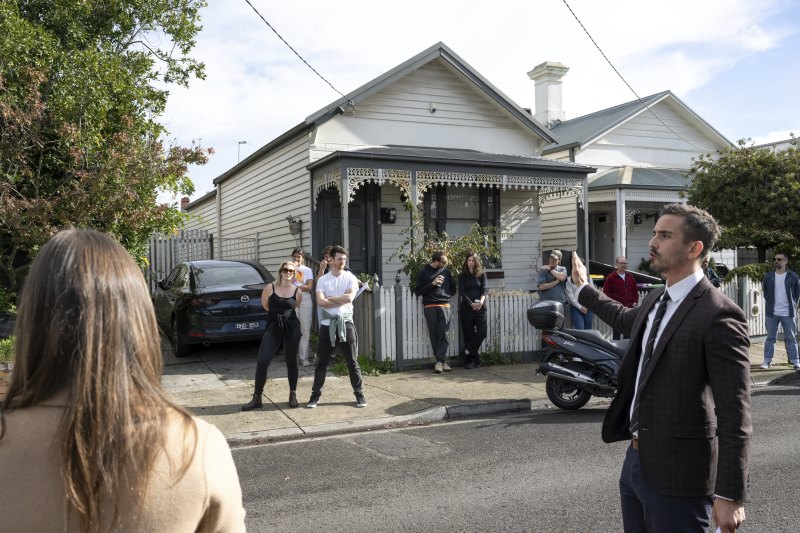Spite houses: Nine homes designed to annoy the neighbours

Houses aren’t always built with the sole purpose of providing comfortable shelter. Sometimes, houses are either built or decorated to deliberately upset a relative, neighbour, or a city council.
Some of these houses were built to block city plans for a street or lane, others block a neighbour’s view, and some were altered to offend or annoy a pesky neighbour or council.
The Equality House, Kansas

This house is directly across the street from the Westboro Baptist Church, a group notorious for their anti-homosexuality views.
The owner of the Equality House, Aaron Jackson, deliberately chose the house across the street from the group with plans to turn it into a LGBTQ museum, according to Time magazine.
Zoning laws prevented Jackson carrying out that plan, so instead he decided to paint it the rainbow colours of the Pride Flag.
Montlake Spite House, Washington

It may look ordinary from the front, but this triangular house narrows to just 140 centimetres at the rear.
Built in 1925, the kitchen is so narrow the owner has to stand to the side when opening the oven door.
The house is rumoured to have been built in retaliation after a neighbour offered to buy the triangle-shaped slice of land for a pittance.
The Skinny House, Massachusetts

Boston’s four-storey skinny house spans a tiny three metres at its widest point, and 2.8 metres at its narrowest.
Built after the American Civil War, local legend has it that two brothers inherited the land, and one brother built a large home while the other was away at war.
On his return, the second brother built the skinny house out of spite to ruin his brother’s view.
Hollensbury Spite House, Virginia

John Hollensbury owned a house on Queen Street, Alexandria, and was sick of people loitering in the alleyway between his house and his neighbours.
His solution was to build a tiny house in the alleyway (completed in 1830) to prevent people using it.
Despite being just 2.1 metres wide, the spite house has been used as a residence ever since.
The Alameda Spite House, California

Charles Froling had grand plans to build his dream house on a plot of inherited land, but his hopes were dashed when the city council decided to use most of the land to build a road.
To spite the council, Froling built a house taking up most of the tiny strip of land remaining.
Just 3 metres wide, the house is still occupied.
The O’Reilly Spite House, Massachusetts

Francis O’Reilly built this tiny house in 1908. He initially offered to sell the small parcel of land to a neighbour, and built the house out of spite when the neighbour said no.
Just 2.4 metres wide and 11 metres long, the small home is still used as a residence.
Sam Kee Building, Vancouver

“SamKeeII” by Bobanny – Own work. Licensed under Public Domain via Wikimedia Commons – http://commons.wikimedia.org/wiki/File:SamKeeII.jpg#/media/File:SamKeeII.jpg
The Sam Kee building was built by the Sam Kee Company in 1913.
Originally bought as a standard-sized plot, the local council claimed part of the land back to build a road.
Undeterred, the company hired architects to design a two-storey commercial building that is just 1.5 metres wide on the ground floor, and 1.8 metres wide on the second floor.
Virginia City Spite House, Nevada

In the 1950s, two men got into a neighbourly dispute. After one man built a white house on a block of land, the other bought the lot next door and built his house right up against his new neighbours.
With less than 30 centimetres between the two houses, the second man effectively blocked the view, sunlight, and any form of breeze for his neighbours.
Kensington Townhouse, London

A disgruntled home owner in England painted the facade of her house in lurid red and white stripes, after neighbours successfully objected to her planed home redevelopment.
Situated in the exclusive London are of Kensington Mews, Zipporah Lisle-Mainwaring painted her house to clash with the other sedate Georgian townhouses in her street.
Lisle-Mainwaring had plans to demolish the three-storey house and replace it with a much larger home with an underground swimming pool, but her plans were rejected following neighbourhood complaints.
We recommend
We thought you might like
States
Capital Cities
Capital Cities - Rentals
Popular Areas
Allhomes
More







